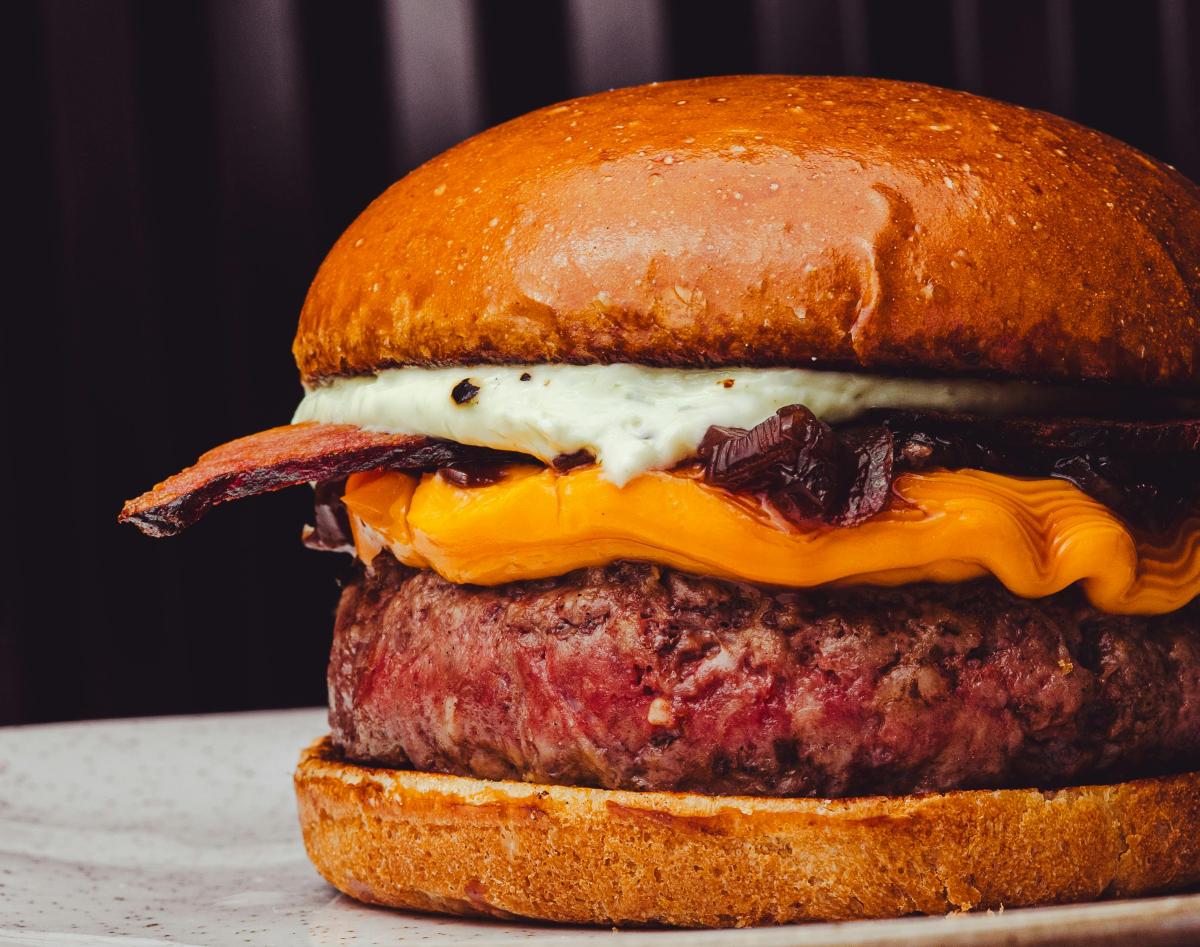The burger may seem like just a quick snack we devour in minutes, but behind this greasy meat patty between two slices of bread lies a centuries-long story, filled with wars, migrations, industrial revolutions, and eventually, a global food empire.
From the ancient lands of the Mongols to the streets of New York, from street vendor carts to gourmet restaurant menus, the "burger" has become a symbol of globalization and modern food culture.
It’s believed that the earliest form of the burger began in the Central Asian steppes with the Mongol armies led by Genghis Khan, founder of the Mongol Empire. The warriors ate raw minced horse meat, which they placed under their saddles while riding to tenderize it. When the Tatars reached Eastern Europe, they brought this "practical food" with them, leading to the later rise of the "steak tartare" dish in Germany.
In the 19th century, many Germans from Hamburg migrated to the United States, bringing with them the "Hamburg steak", a fried, minced meat dish. It was first served in the port of New York to passengers aboard ships.
But Americans didn’t stop there: the meat was soon placed between two slices of bread to make it easier to eat on the go. And thus, the modern burger was born.
In the early 20th century, the burger became a culinary revolution across restaurant menus, fairs, and festivals in the U.S. With the boom of the automotive industry came "Drive-In" restaurants, where cars pulled up to get food, making the burger the ideal fast-food item.
In 1948, brothers Richard and Maurice McDonald reinvented burger service through a fast assembly-line system. But it was salesman Ray Kroc who turned the concept into a global empire, with thousands of franchises, standardized methods, and unmatched marketing.
McDonald’s didn’t just sell a sandwich, it exported an American way of life, so much so that some countries came to see it as a symbol of American cultural invasion.
In many places, the burger initially faced cultural resistance as a foreign element in local cuisines. But eventually, people adapted and created their own localized versions.
With growing environmental and health awareness, a new generation of burgers has entered the market: plant-based burgers made from pea or soy protein, mimicking the taste of real meat. This shift turned the tables, and major restaurant chains quickly embraced the idea to offer healthy, fast plant-based meals.
Please post your comments on:
[email protected]
 Politics
Politics







